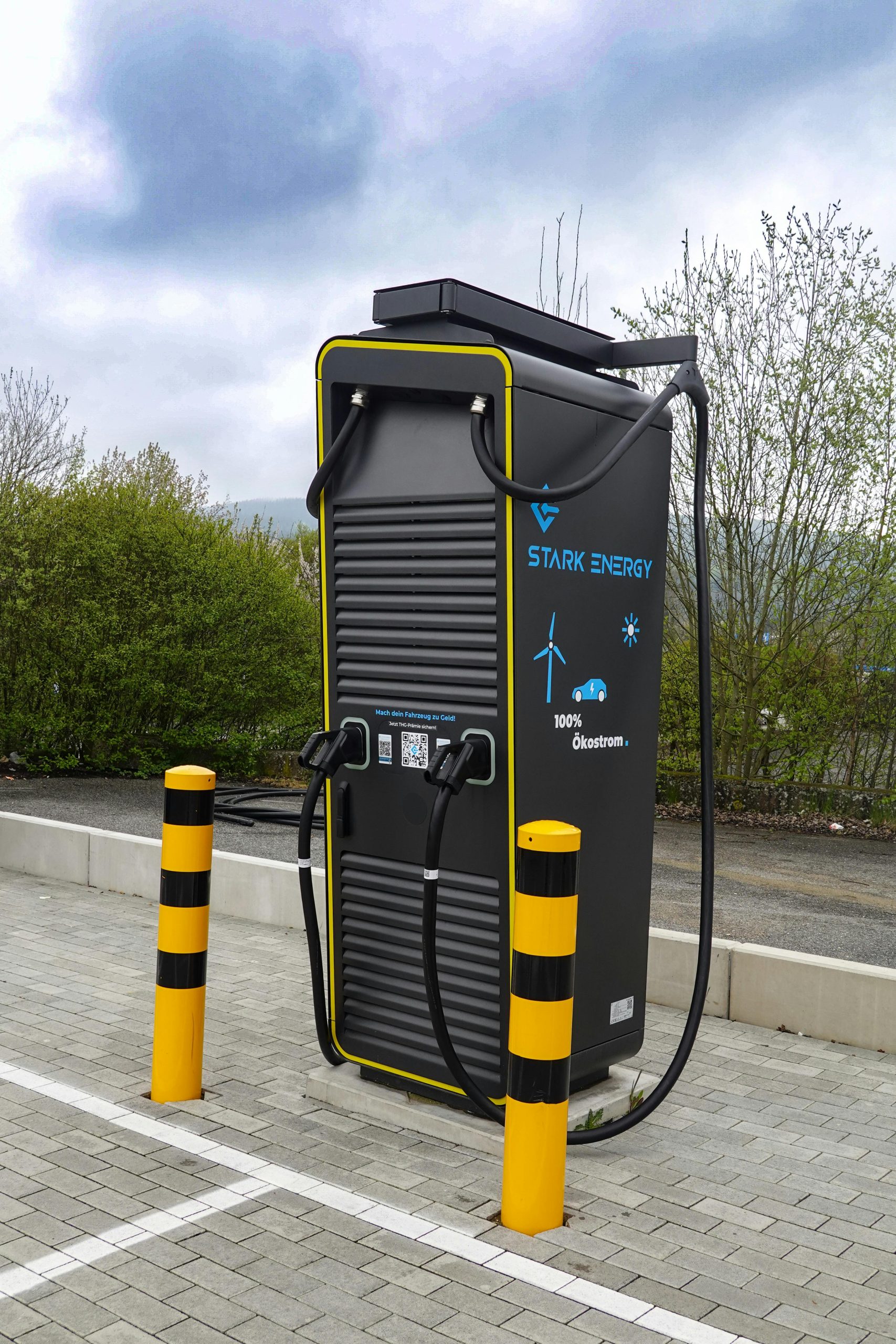As cities around the world grapple with pollution and climate change, the shift toward sustainable transportation has become more critical than ever. Electric public transport is emerging as a key solution, offering a cleaner, greener alternative to traditional fossil fuel-powered vehicles. From reducing greenhouse gas emissions to improving air quality, the environmental benefits of electric buses, trams, and trains are undeniable. This article explores the top advantages of electric public transport and why it’s a game-changer for urban mobility.
1. Significant Reduction in Greenhouse Gas Emissions
One of the most compelling environmental benefits of electric public transport is its ability to drastically cut greenhouse gas emissions. Unlike diesel or gasoline-powered vehicles, electric buses and trains produce zero tailpipe emissions. This means no carbon dioxide (CO2), nitrogen oxides (NOx), or particulate matter is released into the atmosphere during operation.
Key advantages:
- Lower carbon footprint: Electric public transport relies on electricity, which can be sourced from renewable energy like wind or solar, further reducing emissions.
- Energy efficiency: Electric motors are far more efficient than internal combustion engines, wasting less energy as heat.
- Scalability: As more cities adopt electric fleets, the cumulative impact on global emissions becomes substantial.
2. Improved Air Quality and Public Health
Traditional public transport systems powered by diesel contribute significantly to urban air pollution, which is linked to respiratory diseases, cardiovascular problems, and premature deaths. Electric public transport eliminates harmful exhaust emissions, leading to cleaner air and healthier communities.
How it helps:
- Reduced NOx and PM emissions: Diesel engines emit nitrogen oxides and particulate matter, both of which are hazardous to human health. Electric vehicles produce none of these pollutants.
- Quieter streets: Electric buses and trams operate with minimal noise pollution, contributing to a more pleasant urban environment.
- Long-term health benefits: Cleaner air reduces the burden on healthcare systems by lowering rates of asthma, lung disease, and other pollution-related illnesses.
3. Decreased Dependence on Fossil Fuels
Electric public transport helps cities reduce their reliance on oil and gas, which are not only finite resources but also major contributors to environmental degradation. By transitioning to electricity—especially from renewable sources—public transport systems can become more sustainable and resilient.
Why this matters:
- Energy diversification: Electricity can be generated from multiple sources, including renewables, reducing vulnerability to oil price fluctuations.
- Lower operational costs: Electric vehicles have fewer moving parts and lower fuel costs compared to diesel buses, making them more economical in the long run.
- Support for renewable energy: As grids become greener, the environmental benefits of electric transport increase even further.
4. Encouragement of Sustainable Urban Development
Electric public transport doesn’t just benefit the environment directly—it also promotes smarter, more sustainable urban planning. Cities that invest in electric fleets often integrate them with pedestrian-friendly infrastructure, bike lanes, and green spaces, creating a more livable urban ecosystem.
Key impacts:
- Reduced traffic congestion: Efficient public transport systems encourage fewer cars on the road, leading to less congestion and lower emissions overall.
- Compact city design: Reliable electric transit supports higher-density living, reducing urban sprawl and preserving natural habitats.
- Boost for green jobs: The shift to electric transport creates new opportunities in manufacturing, maintenance, and renewable energy sectors.
5. Contribution to Climate Change Mitigation
Transportation accounts for a significant portion of global CO2 emissions, and public transport electrification is a powerful tool in the fight against climate change. By replacing fossil fuel-powered buses and trains with electric alternatives, cities can make measurable progress toward their climate goals.
Long-term benefits:
- Alignment with global agreements: Electric public transport supports commitments under the Paris Agreement by cutting emissions in the transport sector.
- Resilience to climate policies: As carbon taxes and emissions regulations tighten, electric fleets will remain compliant and future-proof.
- Inspiration for further innovation: Successful electric transit systems can encourage other sectors to adopt clean energy solutions.
Conclusion
Electric public transport is more than just a technological upgrade—it’s a vital step toward a sustainable future. By reducing emissions, improving air quality, decreasing fossil fuel dependence, and supporting smarter urban growth, electric buses and trains offer a clear path to greener, healthier cities. As governments and transit authorities continue to invest in electrification, the environmental benefits will only grow, making electric public transport a cornerstone of modern, eco-friendly mobility.
